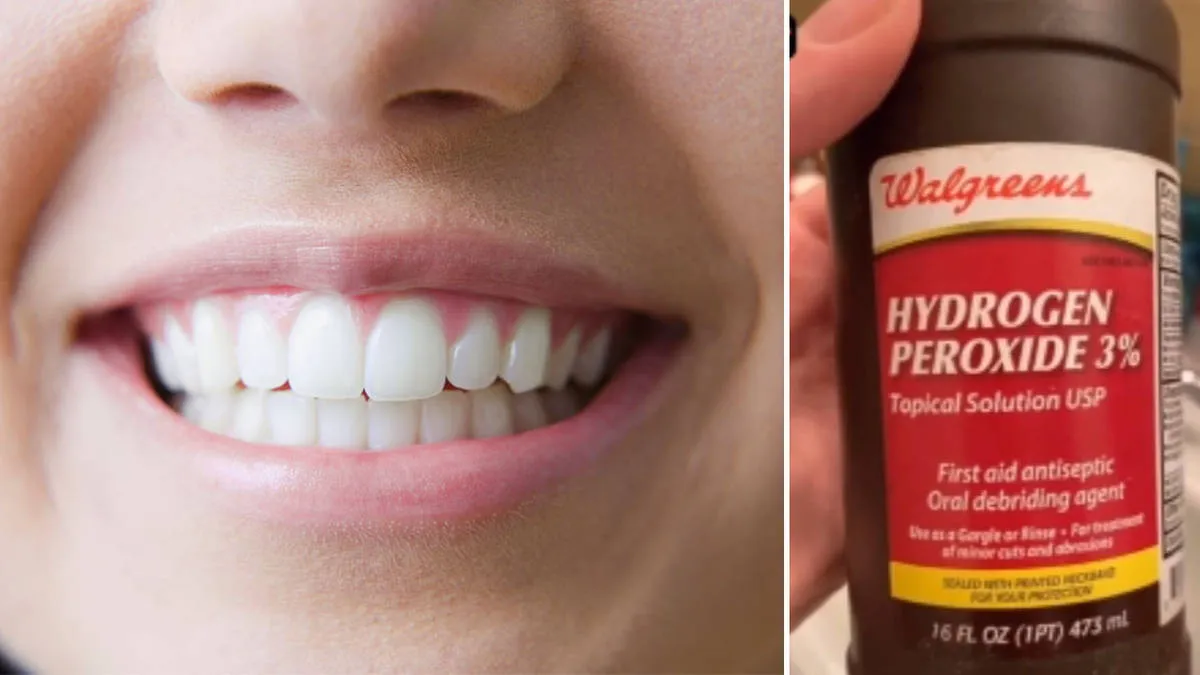What is Hydrogen Peroxide?
Hydrogen peroxide is a chemical compound with the formula H2O2. It’s a clear, colorless liquid, slightly more viscous than water, and is used for various purposes, including a mild antiseptic and as a bleaching agent. It is readily available in different concentrations, with the most common being 3% for household uses, such as cleaning minor cuts and abrasions. The effectiveness of hydrogen peroxide is due to its oxidizing properties; when it comes into contact with organic materials, it breaks down into water and oxygen, effectively killing germs and, in the case of teeth whitening, breaking down stains. Understanding hydrogen peroxide is important before considering its use for teeth whitening, which requires careful handling and appropriate concentrations to avoid potential risks.
Hydrogen Peroxide Properties
The properties of hydrogen peroxide make it an effective, yet potentially risky, agent for teeth whitening. As an oxidizer, it readily releases oxygen, which interacts with the stain molecules on the teeth. This process breaks down these complex molecules into smaller, less noticeable ones, leading to a brighter appearance. The concentration of hydrogen peroxide is a crucial factor; higher concentrations lead to faster results but also increase the risk of side effects. Its instability means it decomposes over time, so it’s important to store it properly in a cool, dark place. Its ability to penetrate the enamel and dentin of the teeth allows it to reach the deeper layers of stains, but this also means it can affect the teeth’s structure if used incorrectly. Proper understanding of these properties is crucial to use hydrogen peroxide safely.
How Does Hydrogen Peroxide Whiten Teeth?
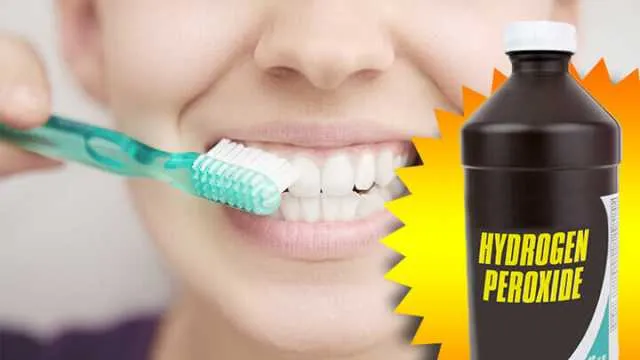
Hydrogen peroxide whitens teeth through a chemical process of oxidation. When applied to the teeth, the hydrogen peroxide molecules penetrate the enamel and dentin, reacting with the stain molecules present within. These stains are typically caused by pigments from food, drinks (like coffee and tea), and tobacco products, as well as the natural aging of teeth. The oxidation process breaks down these large, complex stain molecules into smaller, less visible ones. This is why your teeth appear whiter after using hydrogen peroxide. The effectiveness depends on the concentration of the hydrogen peroxide, the contact time, and the type and severity of the stains. It’s important to remember that this is a gradual process, and results can vary depending on individual factors.
The Science Behind Teeth Whitening
The science behind teeth whitening involves understanding the structure of the tooth. The outer layer, the enamel, is porous, and over time, stains from various sources accumulate within these pores. Hydrogen peroxide, a bleaching agent, works by penetrating these pores and breaking down the stain molecules. This process, known as oxidation, essentially lightens the color of the tooth. The effectiveness is influenced by the concentration of hydrogen peroxide used; higher concentrations can lead to faster results but also increase the risk of sensitivity and other side effects. Professional treatments often use higher concentrations than at-home methods, but are applied under controlled conditions. The science also emphasizes the importance of proper application and duration to minimize risks and maximize whitening.
Different Concentrations of Hydrogen Peroxide for Teeth Whitening
The concentration of hydrogen peroxide used for teeth whitening varies widely, and it’s a key factor in both effectiveness and safety. Over-the-counter products, such as whitening strips or toothpastes, typically contain lower concentrations, often around 3% to 10%. These are generally considered safer for unsupervised use, but results may be slower and less dramatic. Professional treatments, performed by dentists, can use much higher concentrations, sometimes up to 40%. These treatments are more effective and provide quicker results but require careful application and monitoring to minimize risks like gum irritation and tooth sensitivity. It’s important to carefully consider the concentration before using hydrogen peroxide, as higher concentrations increase the risk of side effects.
Over-the-Counter Products
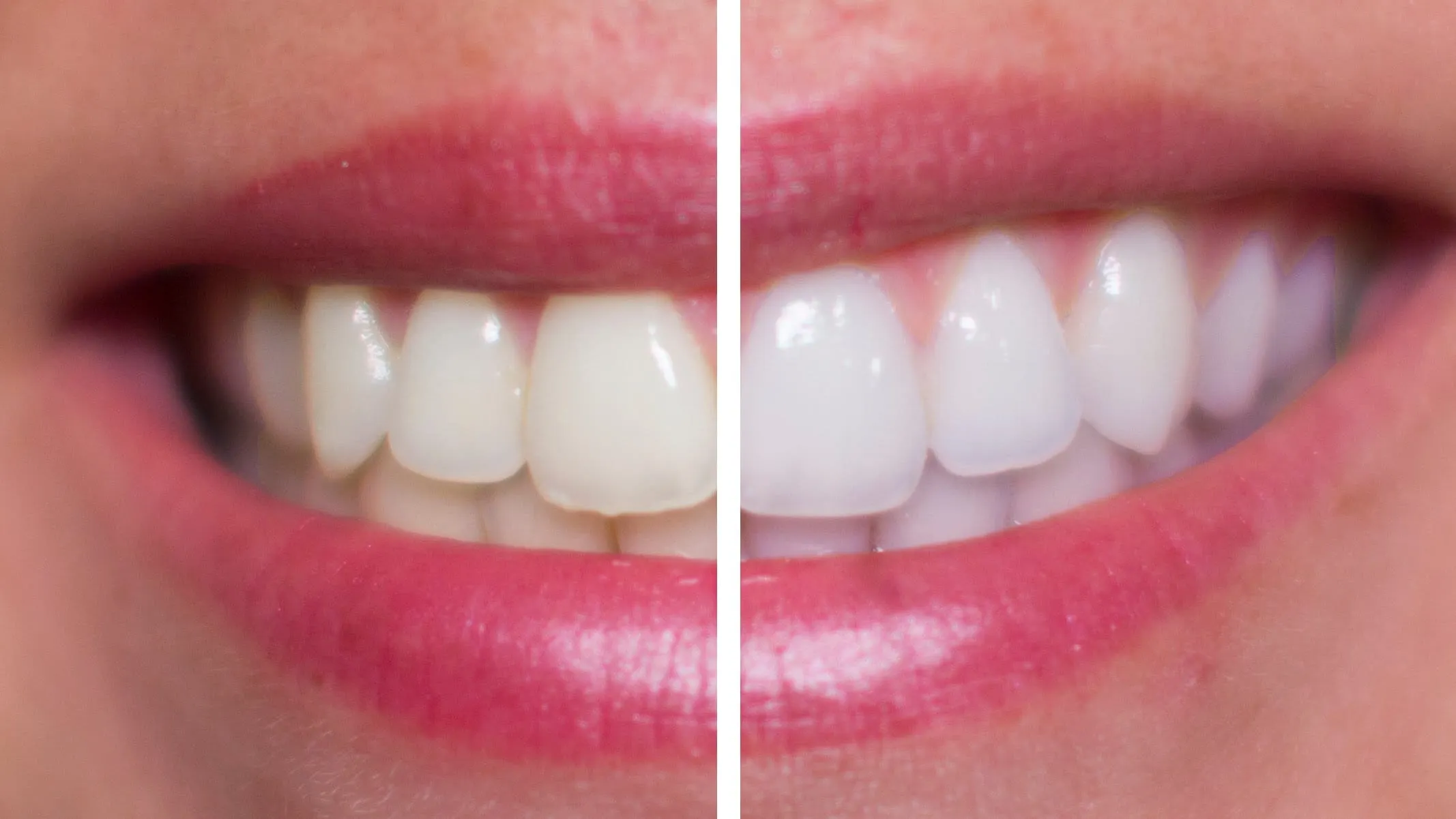
Over-the-counter teeth whitening products offer a convenient way to brighten your smile at home. These products typically contain lower concentrations of hydrogen peroxide or other whitening agents, making them safer for unsupervised use. Common options include whitening toothpastes, strips, and mouthwashes. Whitening toothpastes often contain mild abrasives and a low concentration of peroxide to remove surface stains. Whitening strips are thin, flexible strips coated with a whitening gel that adheres to your teeth for a specified time. Whitening mouthwashes can also help, offering a convenient way to deliver whitening agents to your teeth. While these products are generally safe, it’s essential to follow the instructions carefully, as overuse can lead to tooth sensitivity or gum irritation. The results are usually more gradual compared to professional treatments, but they can be a good option for maintaining a brighter smile.
Professional Whitening Treatments
Professional teeth whitening treatments offer the most effective and fastest results, performed by dentists in a controlled environment. These treatments use higher concentrations of hydrogen peroxide, typically between 15% and 40%, which can significantly whiten teeth in a single session. Before the treatment, a dentist will usually clean your teeth and apply a protective barrier to your gums to prevent irritation. The whitening agent is then applied to the teeth, and in some cases, a special light or laser is used to enhance the process. This accelerates the whitening and improves the outcome. While professional treatments are more effective, they can also cause temporary sensitivity. Your dentist can monitor your teeth throughout the process and make adjustments as needed to minimize discomfort and ensure the best results.
How to Use Hydrogen Peroxide Safely for Teeth Whitening
Using hydrogen peroxide safely for teeth whitening requires careful attention to several key factors. Begin with a low concentration, such as the 3% solution commonly available at drugstores. Always dilute it with water if necessary, to further reduce the concentration, start by testing a small area before applying it to your entire teeth. Avoid swallowing any of the solution. Use a soft-bristled toothbrush and gently brush your teeth for no more than a couple of minutes. Rinse your mouth thoroughly with water after brushing. It’s advisable to avoid using hydrogen peroxide for teeth whitening every day. Limit its use to a few times per week or as directed by a dentist. If you experience any irritation or sensitivity, stop using it immediately and consult a dental professional.
Proper Dilution Techniques
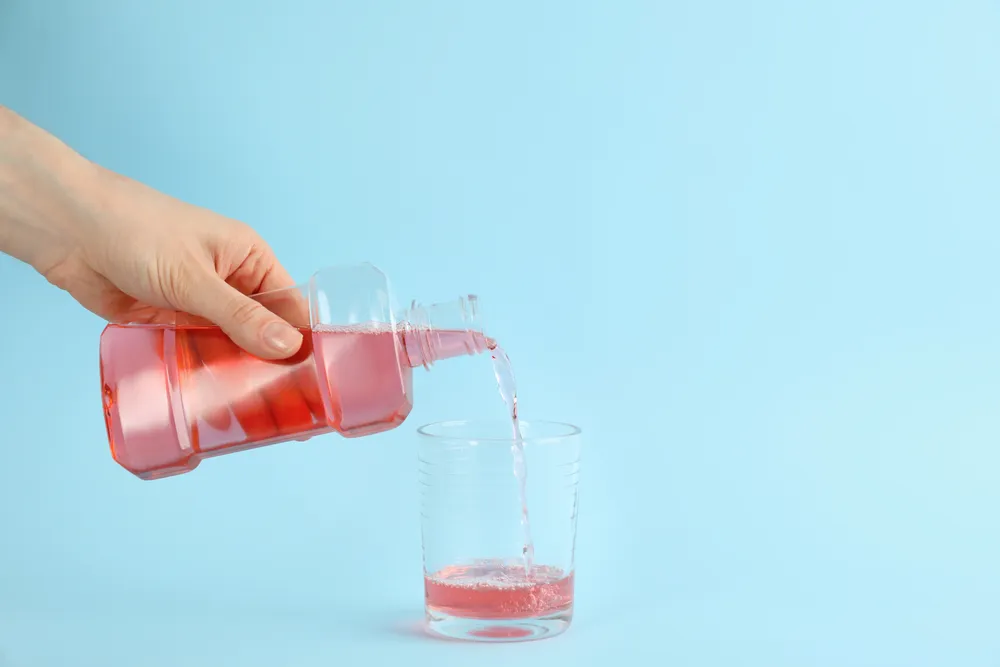
Proper dilution is essential to safely use hydrogen peroxide for teeth whitening. For general use, the 3% solution available at drugstores can be further diluted. A common recommendation is to mix equal parts of hydrogen peroxide and water. For instance, if you’re using 1 teaspoon of hydrogen peroxide, mix it with 1 teaspoon of water. Always use clean containers and measure accurately. If you are unsure about the right dilution, it is best to consult with your dentist. Never use a higher concentration of hydrogen peroxide without professional guidance, as this increases the risk of side effects. After diluting, it’s important to use the solution immediately, as its effectiveness decreases over time. Following these dilution techniques helps to reduce potential risks and ensures a safer teeth whitening experience.
Application Methods
There are several methods for applying hydrogen peroxide to your teeth, and the best method depends on your preference and the product used. One common method is to use a soft-bristled toothbrush to gently brush your teeth with a diluted hydrogen peroxide solution. Brush for about one to two minutes, ensuring you cover all surfaces of your teeth. Another method involves using cotton swabs to apply the solution directly to the teeth, ensuring you avoid contact with your gums. Some people also use a mouth rinse with a diluted solution, swishing it around their mouth for about a minute. Regardless of the method, it is essential to rinse your mouth thoroughly with water after application to remove any remaining solution. Always follow the specific instructions provided by the product you are using and be mindful of the potential risks.
Frequency and Duration of Use
The frequency and duration of using hydrogen peroxide for teeth whitening are critical for safety and effectiveness. Overuse can lead to increased tooth sensitivity and gum irritation. For at-home treatments, it’s often recommended to use diluted hydrogen peroxide solutions a few times per week, rather than daily. The duration of each application should be kept short, typically no more than a couple of minutes of brushing or contact time. If you’re using a mouth rinse, limit the swishing time to about a minute. It’s important to monitor your teeth for any signs of sensitivity or discomfort, and if these occur, reduce the frequency or stop using the treatment altogether. For professional treatments, your dentist will determine the appropriate frequency and duration, depending on the concentration of hydrogen peroxide used.
Potential Risks and Side Effects
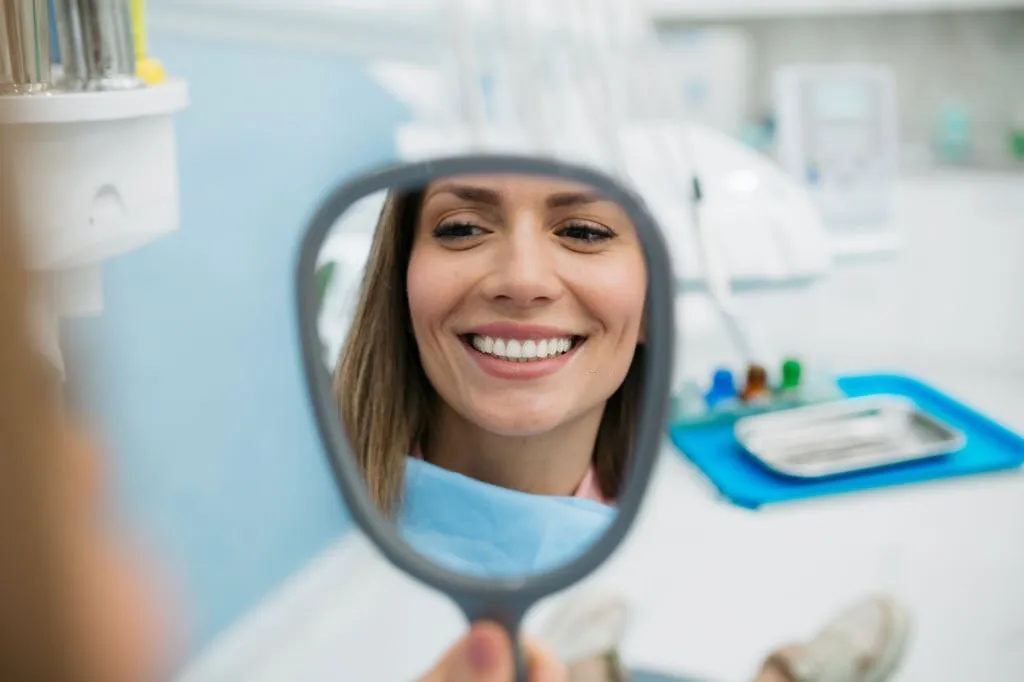
While hydrogen peroxide can be effective for teeth whitening, it is crucial to be aware of the potential risks and side effects. The most common side effects include tooth sensitivity and gum irritation. Sensitivity can manifest as a sharp pain or discomfort when consuming hot or cold foods and drinks. Gum irritation may appear as redness, swelling, or soreness. In rare cases, prolonged or excessive use can lead to enamel damage, increasing the risk of cavities. Always adhere to recommended concentrations and application times. If you experience any adverse effects, discontinue use immediately and consult your dentist. Understanding these risks is essential for making an informed decision about using hydrogen peroxide for teeth whitening and protecting your oral health.
Gum Irritation and Sensitivity
Gum irritation and tooth sensitivity are common side effects of using hydrogen peroxide for teeth whitening. Gum irritation can range from mild redness and swelling to more severe soreness. This is often caused by the peroxide coming into contact with the sensitive gum tissue. Tooth sensitivity is a more common experience, it can be caused by the peroxide penetrating the enamel and irritating the nerves inside the teeth. To minimize these effects, ensure you use the correct dilution, avoid contact of the solution with your gums, and limit the frequency and duration of use. If you experience either of these symptoms, stop using hydrogen peroxide immediately and consult your dentist. They can assess the damage, and recommend alternative whitening methods.
Enamel Damage
While relatively rare, prolonged or excessive use of hydrogen peroxide for teeth whitening can potentially lead to enamel damage. Enamel is the hard, protective outer layer of your teeth. Hydrogen peroxide, especially at high concentrations, can erode this enamel over time, making the teeth more susceptible to decay and sensitivity. Enamel erosion can weaken the teeth and make them more prone to cavities and staining. Using the recommended dilutions, limiting the frequency of use, and following the guidance of a dentist are crucial to minimize the risk of enamel damage. If you experience increased sensitivity, discontinue use and consult a dental professional immediately. They can assess your enamel health and recommend ways to restore and protect your teeth.
Alternatives to Hydrogen Peroxide for Teeth Whitening
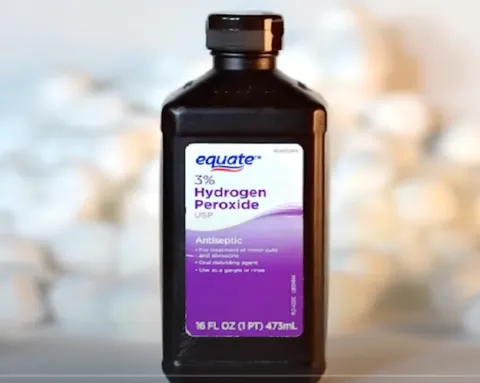
If you’re looking for alternatives to hydrogen peroxide for teeth whitening, several options offer effective and safer solutions. Carbamide peroxide is a common alternative; it breaks down into hydrogen peroxide and urea, providing a similar whitening effect. Whitening toothpastes often contain mild abrasives and other chemical compounds to remove surface stains. Activated charcoal has gained popularity for its stain-removing properties, although its effectiveness is still debated, and it can be abrasive. Natural remedies such as baking soda and lemon juice are also used, although these may not be as effective and could potentially harm your enamel. Consulting with a dentist is a great way to explore the best options for your specific needs, as they can offer professional treatments and personalized recommendations.
Professional Whitening Options
Professional teeth whitening options, performed by dental professionals, offer the most effective and controlled solutions for achieving a brighter smile. In-office whitening uses higher concentrations of whitening agents, typically hydrogen peroxide or carbamide peroxide, applied directly to the teeth. This procedure is often accelerated with a special light or laser, enhancing the whitening effect. Custom-fit trays can be created for at-home use. These trays are designed to fit your teeth precisely and can be used with professional-strength whitening gels prescribed by your dentist. Your dentist will monitor your progress and address any sensitivity or side effects that may arise. Professional treatments offer faster, more predictable results. They are a safer approach with the benefits of professional oversight.
Natural Remedies
Several natural remedies have been proposed for teeth whitening, although their effectiveness and safety can vary. Activated charcoal has gained popularity as it is believed to absorb stains, but its abrasive nature can potentially damage tooth enamel. Baking soda is another popular option, which can help to remove surface stains, but its use should be moderate due to its abrasiveness. Lemon juice is also used due to its high acidity, but it can erode enamel and increase sensitivity, so it is not a recommended solution. While these natural remedies may offer some whitening effect, it’s essential to use them with caution and consult with a dentist. Natural remedies may not provide the same level of effectiveness as professional treatments and may pose some risks.
Maintaining Whitened Teeth
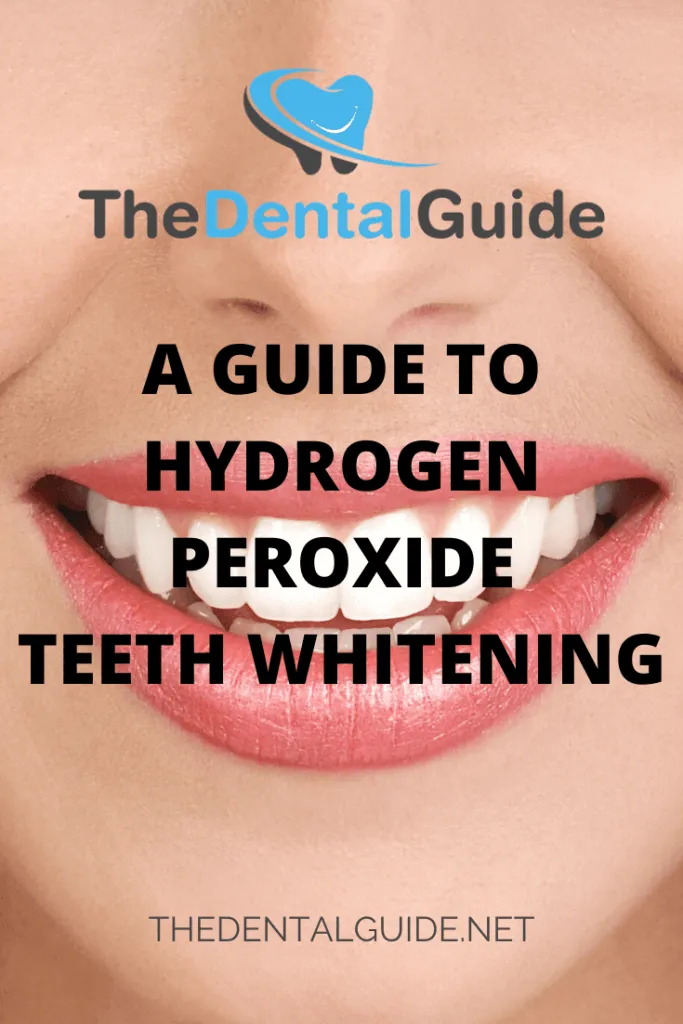
Maintaining whitened teeth requires a combination of good oral hygiene and lifestyle choices. Brush your teeth twice a day for two minutes each time, using a fluoride toothpaste. Floss daily to remove plaque and food particles from between your teeth. Regular dental checkups and cleanings are essential to remove any surface stains and to maintain overall oral health. Limit your consumption of staining foods and drinks, such as coffee, tea, red wine, and berries. Avoid tobacco products, as they can cause significant discoloration. Consider using a whitening toothpaste or mouthwash to help remove surface stains and maintain your bright smile. Regular maintenance, combined with these practices, ensures your teeth stay bright and healthy.
Oral Hygiene Practices
Good oral hygiene practices are essential for maintaining a healthy and bright smile, and they play a vital role in the longevity of teeth whitening treatments. Brushing your teeth twice a day with fluoride toothpaste is the cornerstone of oral hygiene; this helps to remove plaque, bacteria, and surface stains. Flossing daily is equally important, as it removes food particles and plaque from areas that your toothbrush can’t reach, preventing staining and gum disease. Regular dental checkups and professional cleanings are also critical. Your dentist can detect early signs of problems, remove tartar, and polish your teeth to remove stains. Maintaining proper oral hygiene helps prevent new stains from forming and preserves the results of teeth whitening treatments. Following these practices helps to maintain your bright and healthy smile.
Avoiding Staining Foods and Drinks
Avoiding staining foods and drinks is crucial for maintaining the results of teeth whitening and preventing future discoloration. Certain foods and beverages contain pigments that can easily stain teeth. Coffee, tea, red wine, and dark sodas are notorious for causing stains, so minimizing their consumption or rinsing your mouth with water after consuming them can help. Foods like berries, soy sauce, and curries also contain pigments that can stain teeth. Using a straw when drinking dark beverages can help to minimize contact with your teeth. Maintaining a balanced diet, practicing good oral hygiene, and limiting the consumption of staining substances are key to preserving a bright, white smile long after the teeth whitening treatment.
